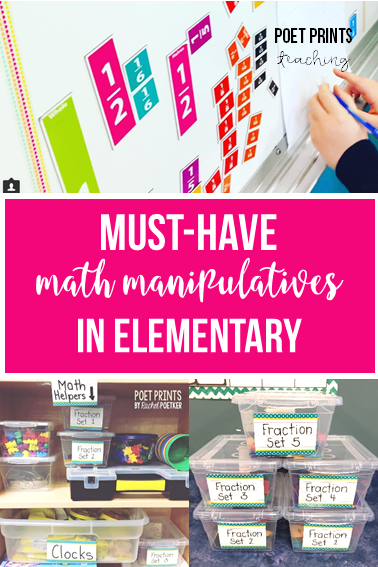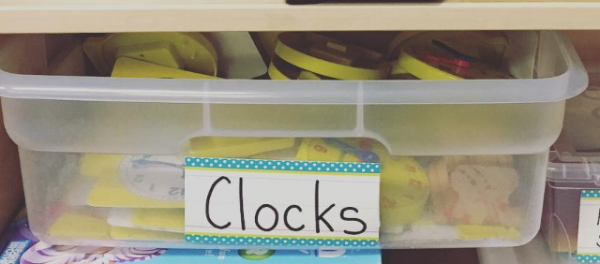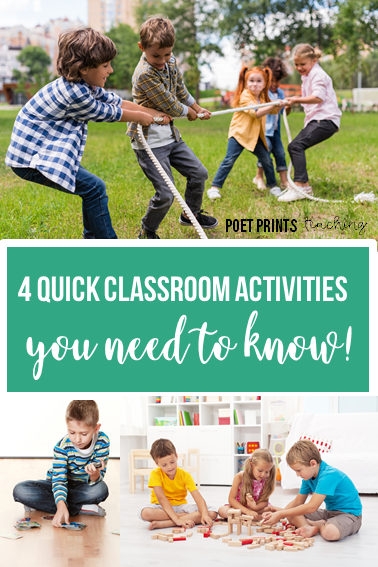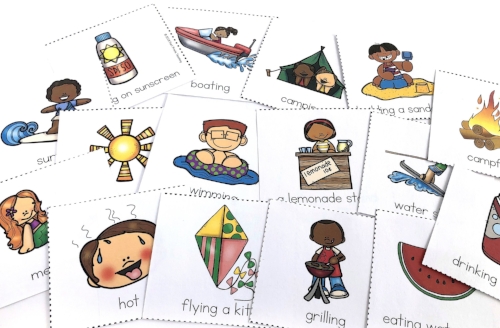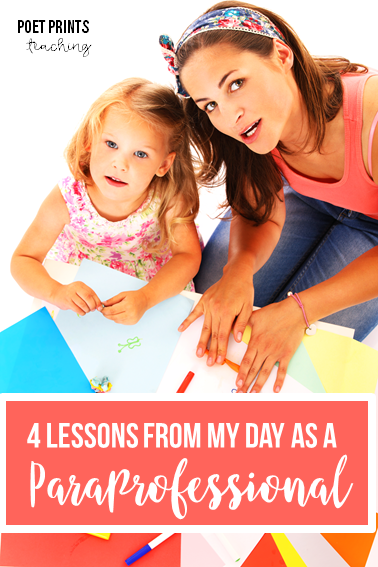Keeping track of student work can be a headache in most classrooms. In the schools I’ve worked at, I’ve seen a lot of different ways to organize work. Some teachers let the students keep all of their work, some store it all on shelves in the classroom, others do a hybrid of both. I don’t think there’s any “right” way to do this, but I do know what has worked best for my students and me.
I have always chosen to keep most student work in labeled ‘buckets’ on the shelf. It’s not that I don’t trust my students to keep their own work organized, it’s that many of them simply haven’t learned that skill yet.
Technically, these are laundry buckets and I get them from the local dollar store. I keep them in the same place and use dollar store labels to create one for every subject/topic we are covering. Before we start something, 3-4 kids grab the bucket and hand out the work to their peers. After the work is finished, each student is responsible for putting their work back in the correct bucket. I find that this step helps to build a bit of independence. Students learn that their work needs to be put in the proper place or else it won’t be marked.
This isn’t a fix-all to student work organization. Some students will still put their work in their desks or backpacks, but eventually, they learn how to pause and check for where it should actually be. I’m trying to build independence and responsibility at an age-appropriate level.
When it comes time to hand-in work, I place a mini-checklist beside each bucket. As a student hands in their work, they also check off their name. It’s a quick way to see who has forgotten to hand in their work.
My favorite part of the system - I can just grab a bucket and take it home to mark!





